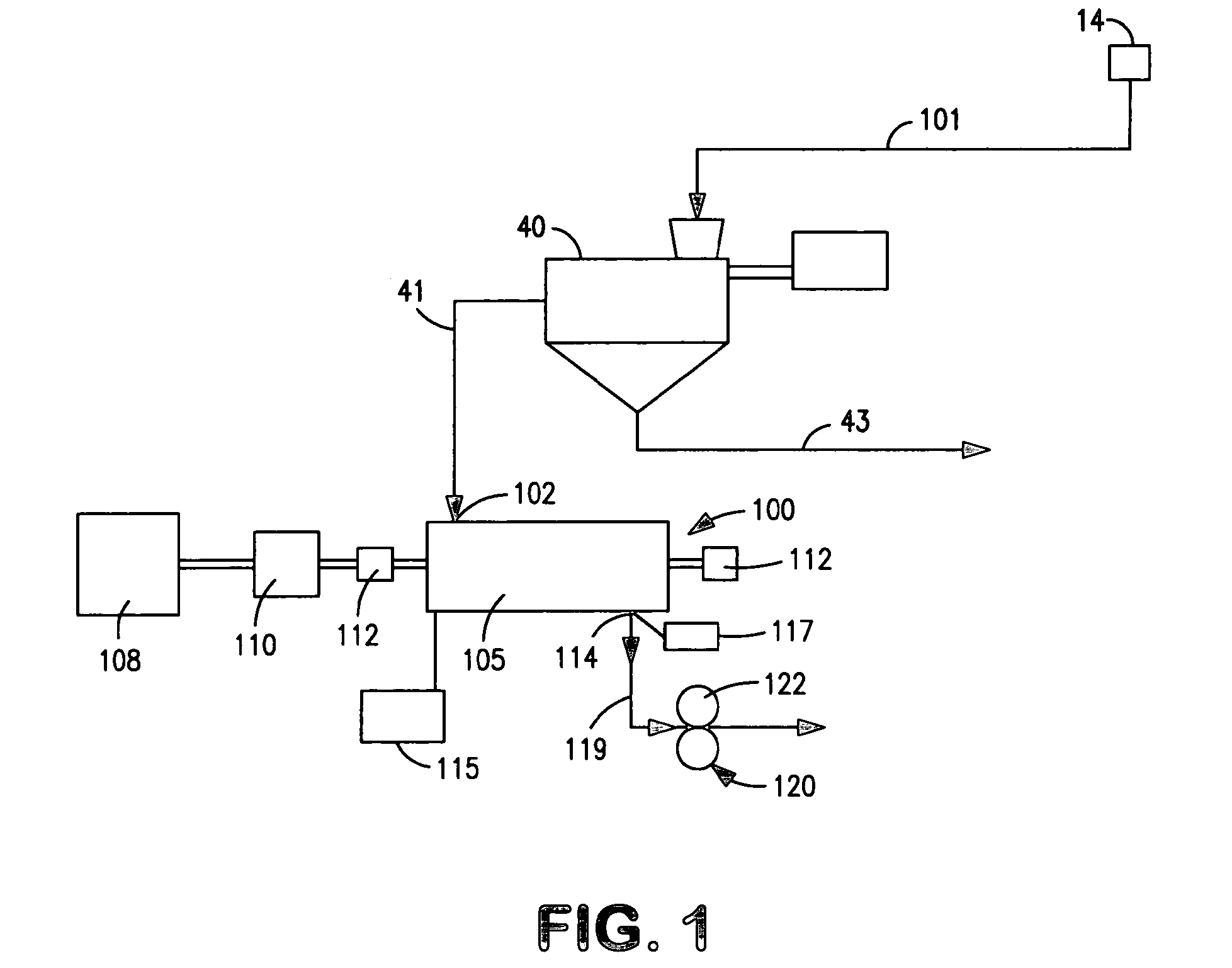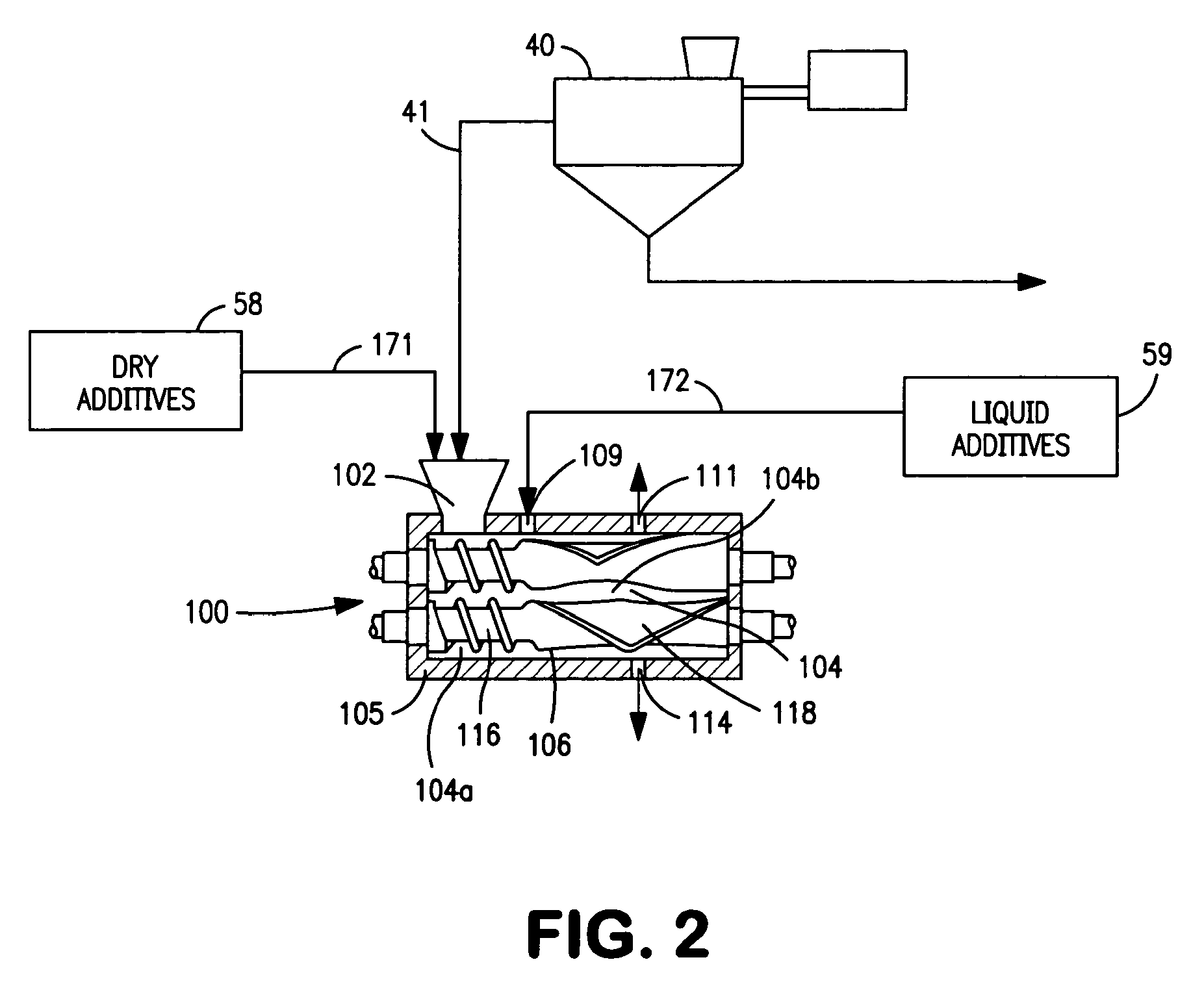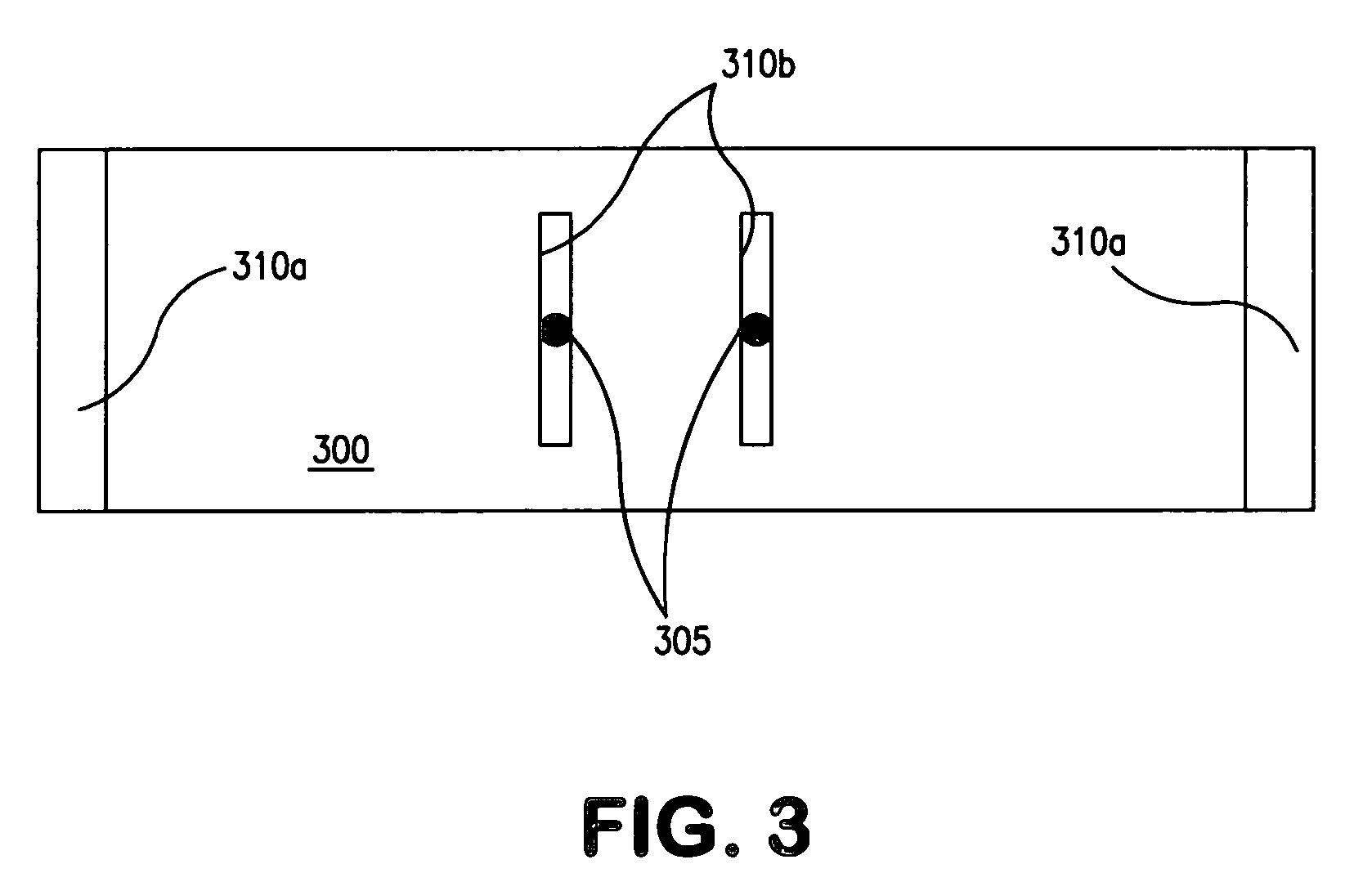Elastomer composite and method for producing it
a technology of elastomer composites and composites, which is applied in the direction of transportation and packaging, tyre parts, special tyres, etc., can solve the problems of reducing the molecular weight of rubber, high mechanical/thermal degradation. , to achieve the effect of reducing the viscosity of masterbatches, reducing the loading of high surface area, and high structure carbon blacks
- Summary
- Abstract
- Description
- Claims
- Application Information
AI Technical Summary
Benefits of technology
Problems solved by technology
Method used
Image
Examples
example 1
[0122]Natural rubber masterbatch including 52 phr of N234 carbon black was produced using the wet masterbatch process described in the Methods section above. The masterbatch was dewatered to about 15% water content, following which four samples were prepared. Sample 1A was dried for 24 hours at 60° C. Sample 1B was dried in the same manner and then masticated in a Banbury mixer (fill factor=0.75; ram pressure=2.8 bar; cooling water temperature=50° C.; material added at 80 rpm and masticated at 150-170 rpm and dumped at 160° C.), following which it was open milled (temperature=180° F.) for six minutes. This Banbury mixing procedure followed by roll-milling is termed one Banbury cycle. Sample 1C was dried at 60° C., subjected to one Banbury mastication cycle, and then masticated in the Banbury a second time under the same conditions and open milled for 10 minutes (i.e., two Banbury cycles). Sample 1D was allowed to partially dry at room temperature, then masticated in the Banbury thro...
example 2
[0125]Natural rubber masterbatches were produced by the wet masterbatch process described in the Methods section using the grades and loadings of carbon black identified in Table 9. The de-watered coagulum was either dried in an oven at 60° C. (comparative examples) or passed through a Farrel Continuous Mixer (FCM) (280-320 rpm; 350-400 kg / hr; FCM rotors #7 and 15, discharge orifice 80-100% open) followed by an open mill (OM) (gap distance ˜6 mm, roll speed 15-17 rpm, friction ratio 0.9-1.1, coolant fluid at 60° C.-90° C.). Results of vulcanizate testing for rubbers having the carbon black grade and loading shown in Table 9 are all indexed to the result for the oven-dried sample of the same composition.
[0126]
TABLE 9CB grade and loadingN234 / 52 phrN234 / 59 phrDrying ProcedureOven dryFCM / OMOven dryFCM / OMPost-dewatering0FCM: 1.00FCM: 1.0mechanicalOM: 0.5OM: 1.0energy input, MJ / kgT300 / T100 Index, %100112100120Payne Effect index, %1005210037tan δmax Index, %1008310087CB grade and loadingN3...
example 3
[0128]Natural rubber masterbatch was produced using the wet masterbatch process described in the Methods section with various grades and loadings of carbon black identified in Table 10. The de-watered coagulum was passed through a Farrel Continuous Mixer (FCM) under the conditions described in Example 2. Certain samples were then passed through an open mill under the conditions described in Example 2. Samples that were not put through an open mill are comparative examples. Results of vulcanizate testing for rubbers having the carbon black grades and loadings shown in Table 10 are all indexed to the result for the FCM sample of the same composition.
[0129]
TABLE 10CB grade and loadingN234 / 59 phrCRX1346 / 52 phrTreatmentFCMFCM / OMFCMFCM / OMPost-dewatering mechanical1.0FCM: 1.00.9FCM: 0.9energy input, MJ / kgOM: 1.0OM: 0.7T300 / T100 Index, %100106100109Payne Effect index, %1006110080tan δmax Index, %1009410097CB grade and loadingN134 / 52 phrN326 / 60 phrTreatmentFCMFCM / OMFCMFCM / OMPost-dewatering m...
PUM
| Property | Measurement | Unit |
|---|---|---|
| temperature | aaaaa | aaaaa |
| temperature | aaaaa | aaaaa |
| temperature | aaaaa | aaaaa |
Abstract
Description
Claims
Application Information
 Login to View More
Login to View More - R&D
- Intellectual Property
- Life Sciences
- Materials
- Tech Scout
- Unparalleled Data Quality
- Higher Quality Content
- 60% Fewer Hallucinations
Browse by: Latest US Patents, China's latest patents, Technical Efficacy Thesaurus, Application Domain, Technology Topic, Popular Technical Reports.
© 2025 PatSnap. All rights reserved.Legal|Privacy policy|Modern Slavery Act Transparency Statement|Sitemap|About US| Contact US: help@patsnap.com



